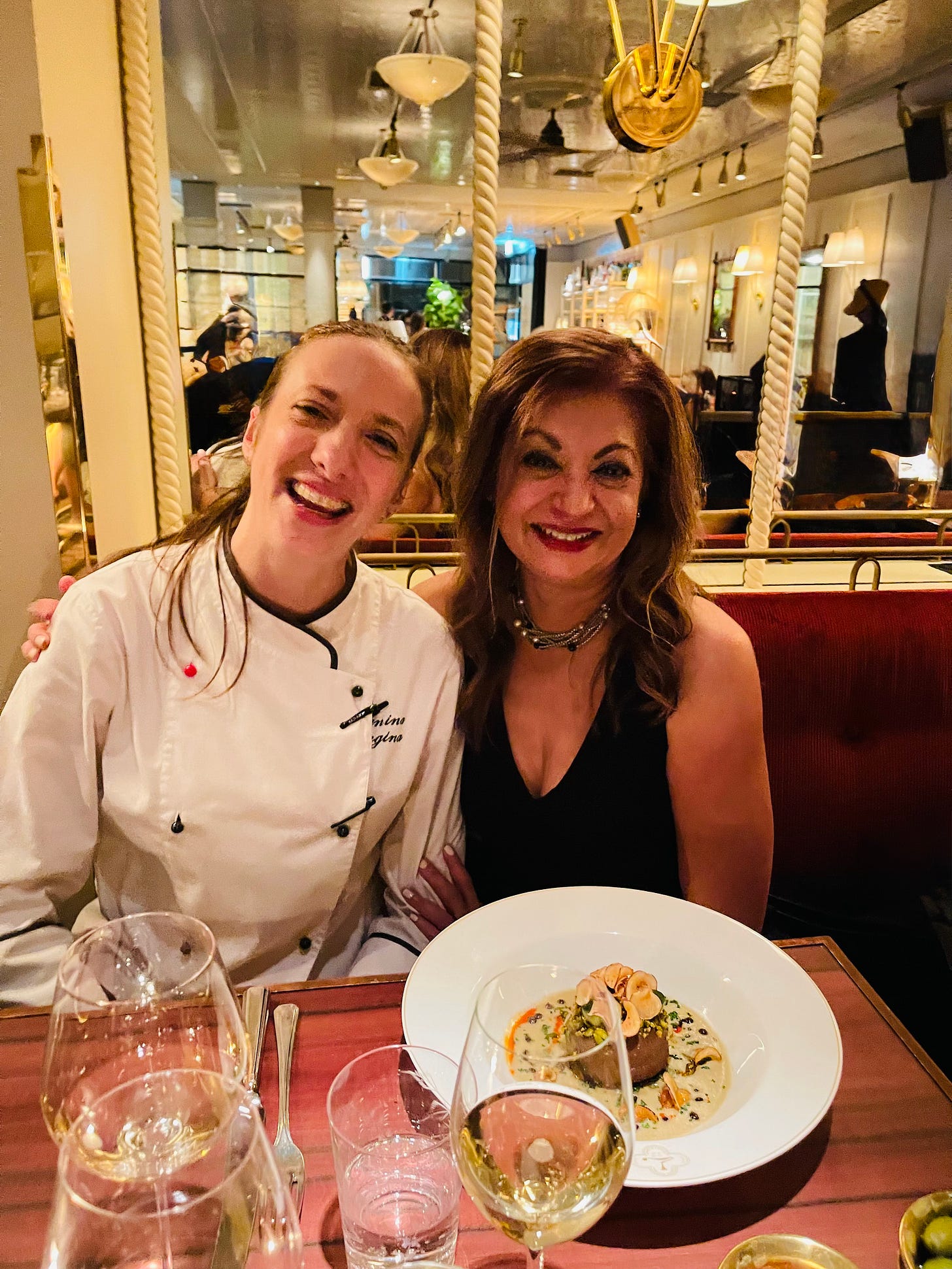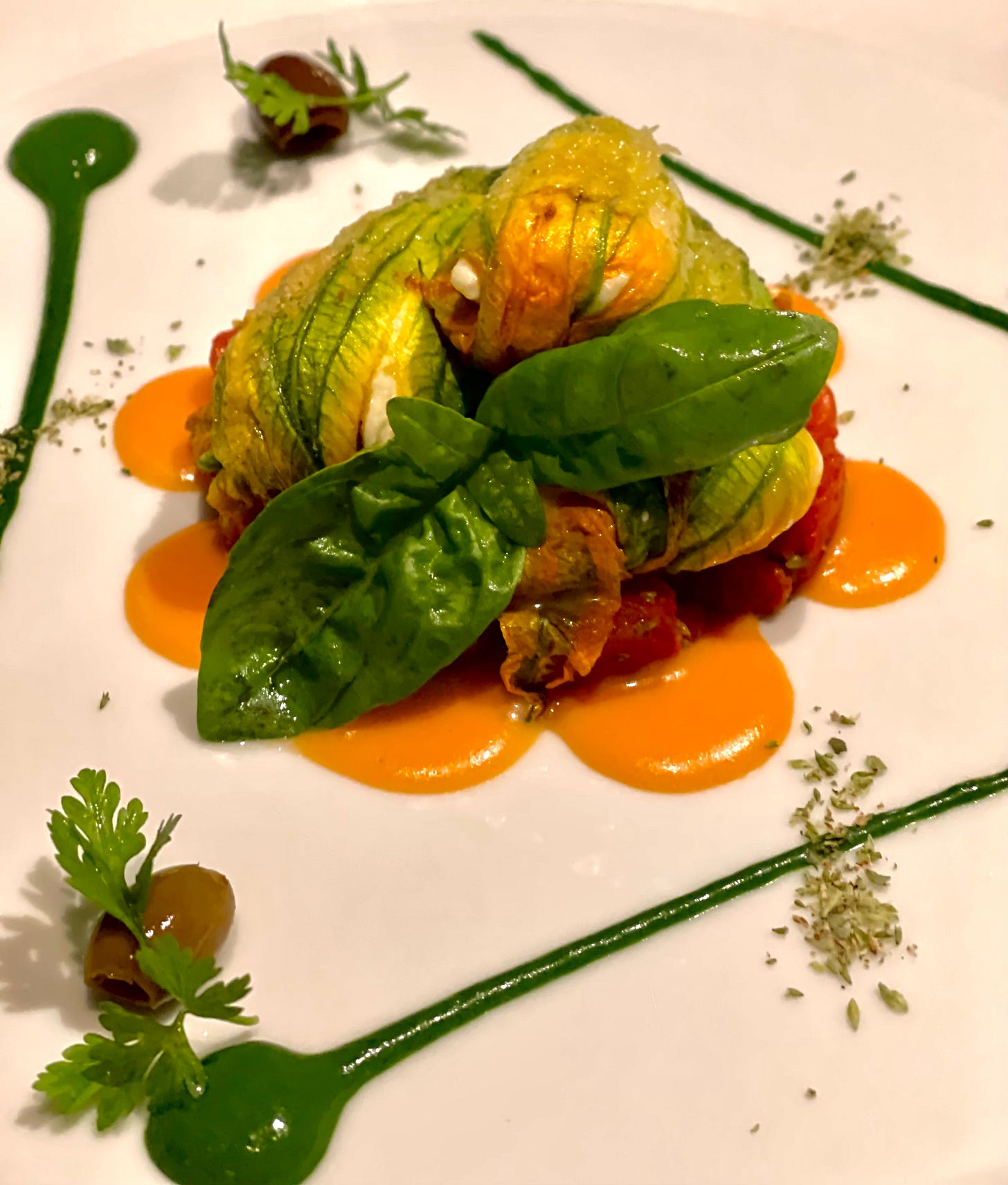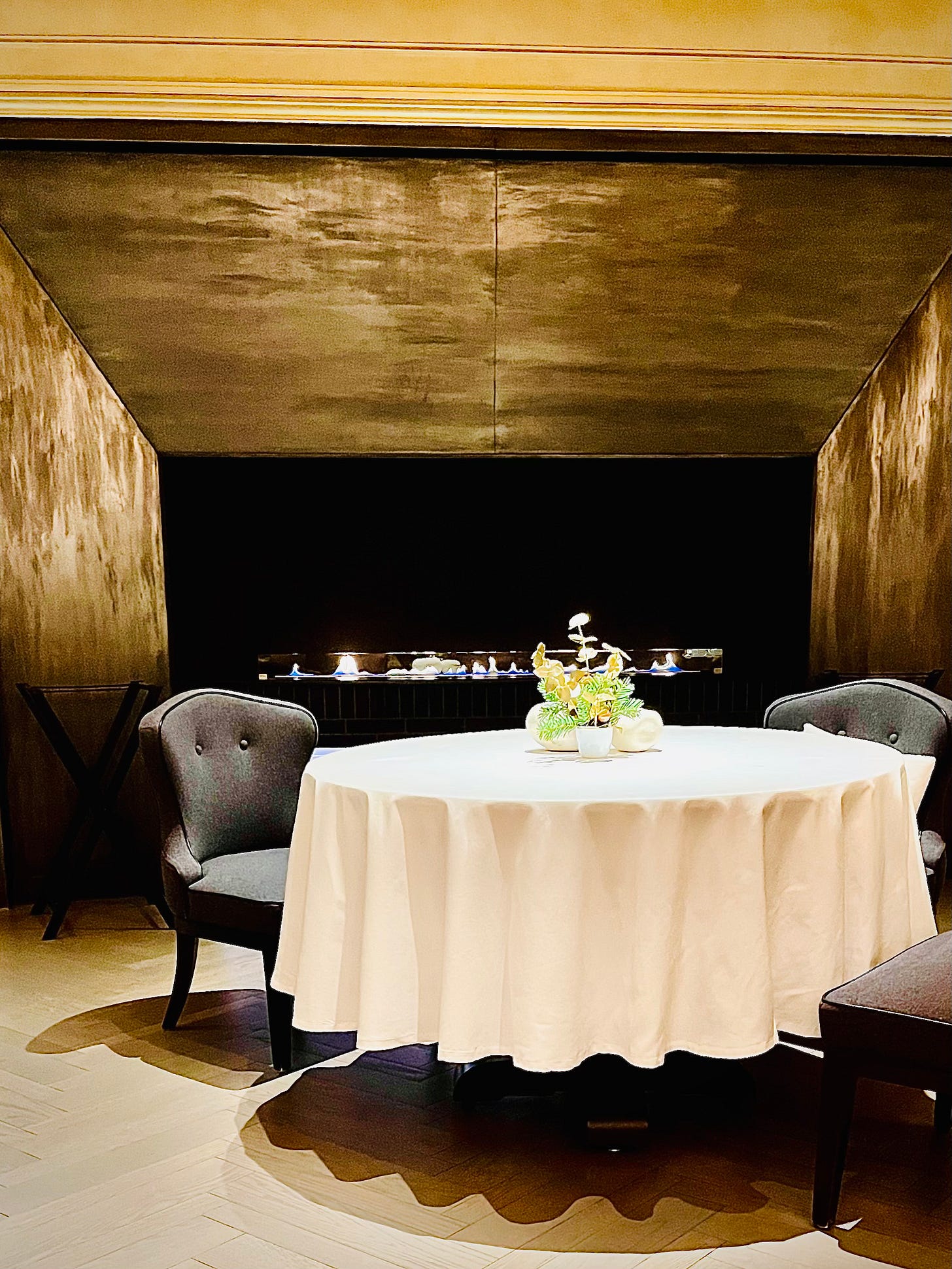The Fifth Room
Tables of Distinction
For as long as I can remember, I’ve been fascinated by the tables that leave an imprint, the ones that linger long after the last glass is cleared. Each journey, whether across continents or just to a neighboring city, seems to offer one more chance to sit down and discover how food, space, and intention can combine in unexpected ways.
This piece is my way of tracing those moments, sharing not just what was eaten, but what was felt. The details that turn a simple dinner or lunch into something enduring.
Tables of Distinction
There is always another room beyond the one you know. Not in stone or glass, but in feeling. The dining table, when set with intention, becomes such a place. A threshold where time softens, conversation lengthens, and the ordinary act of eating is lifted into something luminous. Some call it refinement, others ceremony.
I think of it as the Fifth Room. That realm of dining where each detail, from a whisper of service to a fleeting aroma, aligns in harmony.
In this room, appetite is not rushed but guided. Plates arrive not as mere sustenance but as chapters in a story. The table, draped in light, becomes its own geography. To sit here is to step into a space that feels familiar yet heightened, private yet connected to something larger.
Mapping the Table
Every distinguished table is chartered like a journey. The pacing matters. Courses must rise and fall with tempo. Not too hurried, nor too languid, carrying you with them as if you were walking through a city at dusk. Seating, glassware, even the distance between courses contribute to the unspoken map.
Here, the service does not move, it glides. Gesture by gesture, it draws you further into the evening without intrusion. The menu itself becomes a compass, whether it spans three chapters or nine, it asks you not for speed but for trust.
To Drink Or Not To Drink
The glass too, carries its own persuasion. Sometimes it holds dialogue, sometimes it holds silence. A pairing can illuminate a dish like sunlight through stained glass, or if misaligned, shadow its brilliance.
The question is not whether to drink, but what role you wish the glass to play in your evening. To follow the sommelier’s arc is to surrender to another narrative. To choose sparingly is to keep the focus elsewhere.
Either path is valid, provided it deepens your experience rather than distracts from it.
Echoes Across Cities
The Fifth Room is not bound to a single country or cuisine, it appears like a hidden door, unlocked in different ways across the world. I have found in Athens, where Spondi’s garden seemed to glow as if holding its own constellation.

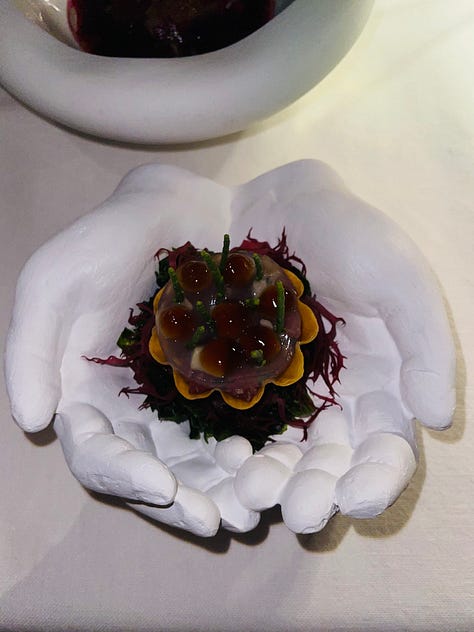

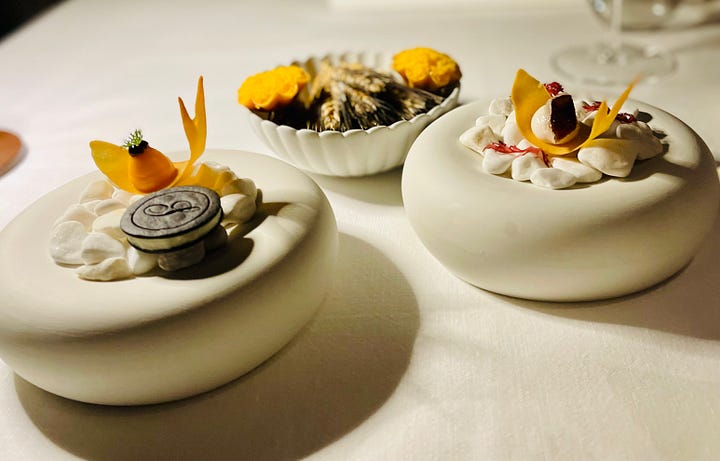
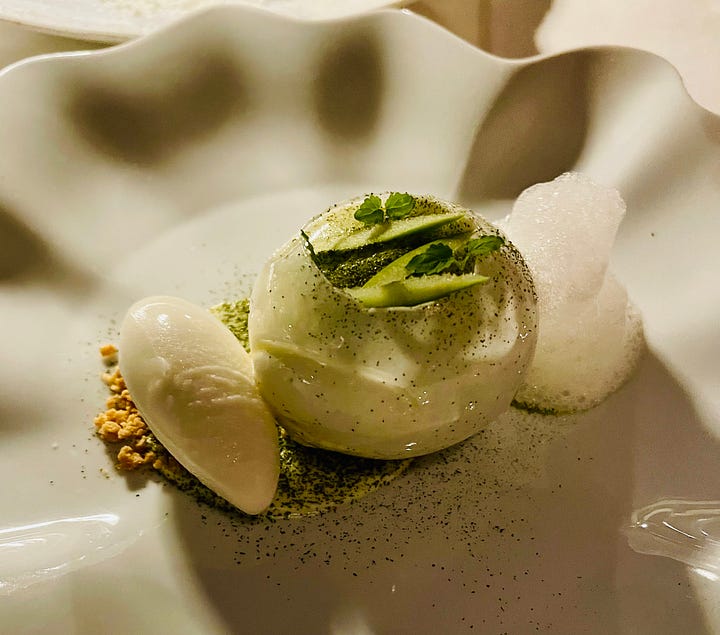
Chef Konstantinos Gagriilidis set forth a nine-course amuse bouche journey that felt both daring and delicate, from Potato with Sorrel Ice Cream to Elderflower paired with fresh Green Almonds, to Wild Strawberry brushed with Shiso.
Alongside, a quiet education in Santorini wines, each sip carrying the volcanic memory of the island.
It resurfaced again in Memphis, in a city framed by the might Mississippi and a flow of the southern charm. At Chez Philippe, Chef Keith Clinton presented a dish as elegant as it was rooted.
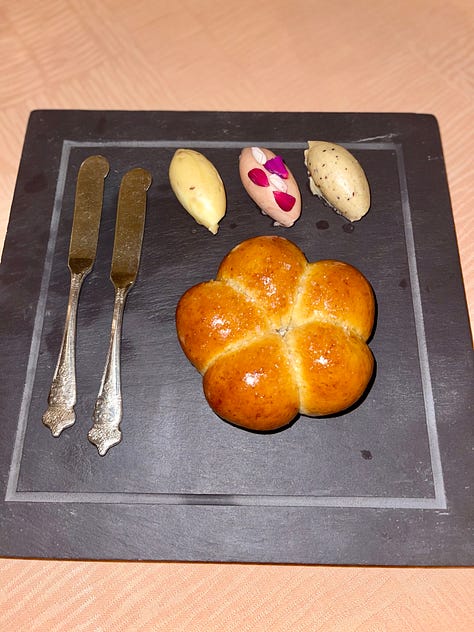
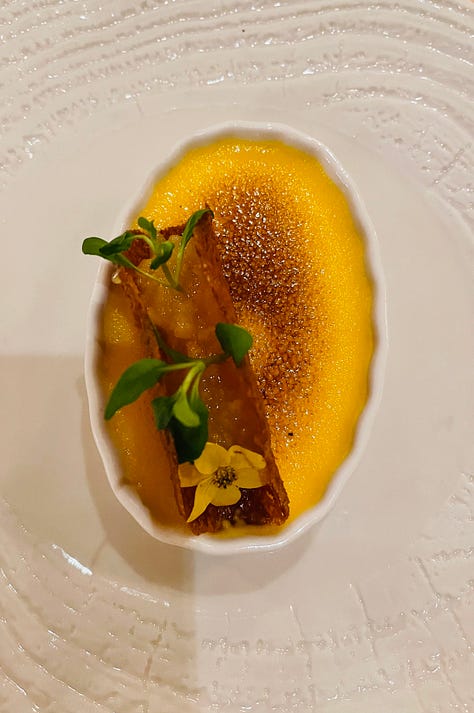
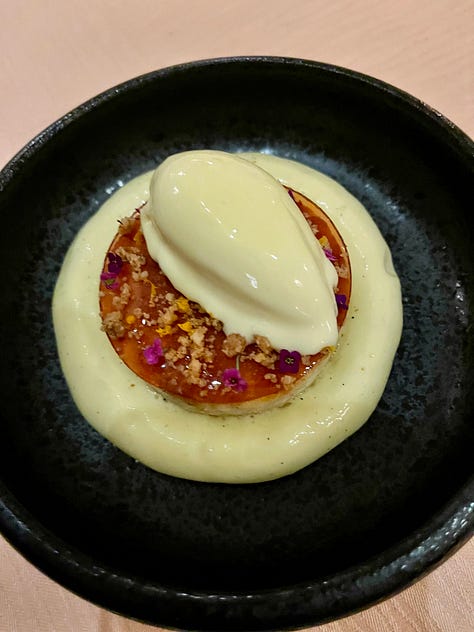
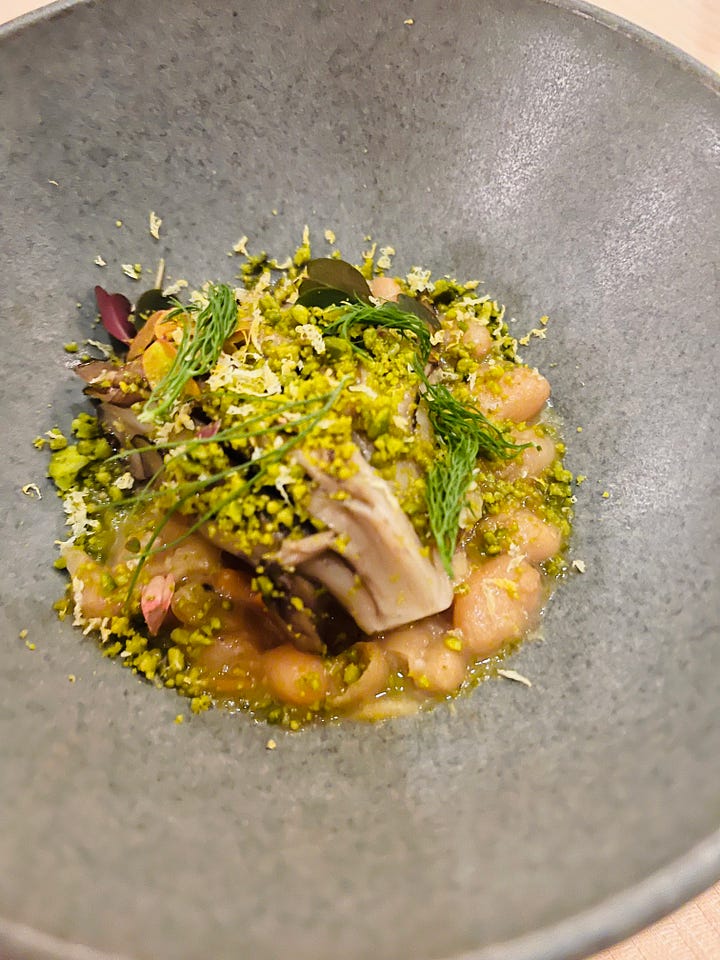
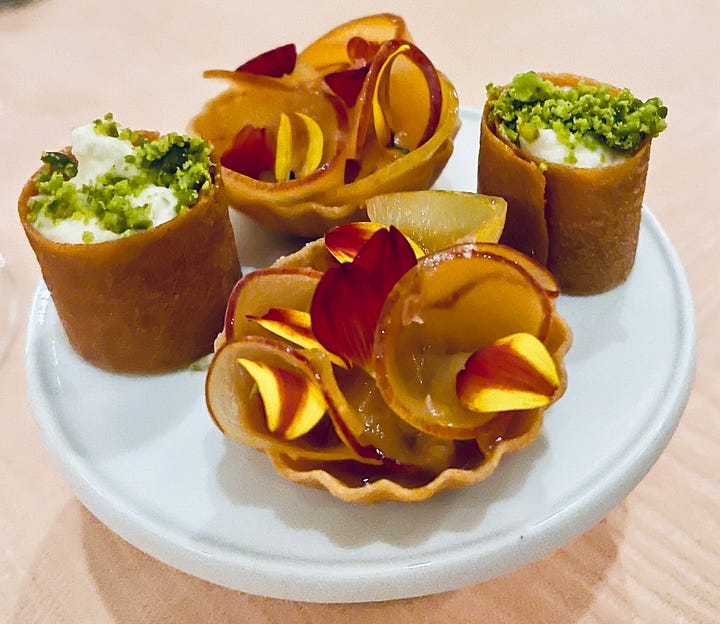
A special vegetarian delight specially crafted for me. Kohlrabi with Mustard, Pearl Onion, and Nasturtiums, a composition that felt both modern and true to place. It was southern hospitality in its most refined attire, but never without warmth.
Then in Rome, on a terrace above the city’s golden rooftops, La Terraza at Hotel Eden offered its own spell. Chef Fabio Ciervo placed before me, Squash Blossoms filled with Ricotta Cream, lifted by Basil Pesto.
A dish seemingly simple, yet so attuned to its landscape that it felt like tasting the Roman sun itself. To sit there was to feel suspended between sky and table, with the city murmuring softly below.
The Universality of the Table
What endures across these places is not uniformity, but universality. The table becomes a language that everyone speaks, though the dialect shifts with each city.
One chef may whisper through herbs and blossoms; another may speak in bold rooted strokes. But in every case, there is that same recognition, that here is not just food, but a repast designed to hold memory.
Consistency keeps us anchored, but curiosity keeps us returning. We return not for repetition, but for evolution. For the chance to be surprised again in ways both subtle and profound.
The Fifth Room, wherever it is found, reminds us that dining at its highest form is less about prestige and more about presence. It is where appetite meets memory, where table meets time, and where the act of eating becomes a moment worth carrying forward.




